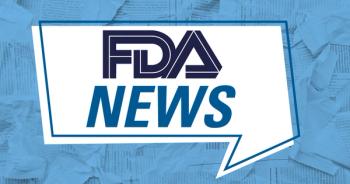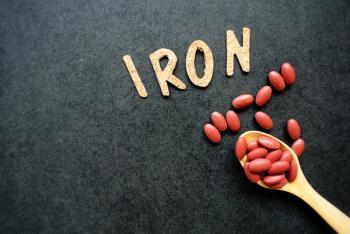
Women perceive mammogram guidelines as unsafe
A survey of 247 women reveals that 89% think that women in their forties should continue to receive yearly mammograms.
A survey of 247 women 39 to 49 years of age reveals that 89% think that women in their forties should continue to receive yearly mammograms.
Researchers from the University of Massachusetts Medical School in Worcester surveyed the women when they came to the hospital for annual well care visits. With regard to the United States Preventive Services Task Force (USPSTF) 2009 recommendations to raise the minimum age at which women receive regular mammographic screening from 40 to 50 years, 86% of the women surveyed believed the recommendations to be unsafe.
In fact, even if their physician recommended they do so, 85% of the surveyed women reported that they would not wait until age 50 years to obtain a mammogram. The USPSTF guidelines also suggested that women between the ages of 50 and 74 years do not need a mammogram any more frequently than every 2 years.
The researchers had the women read a few articles on the subject and then complete the questionnaire. They found that consistent and high-profile media campaigns had been effective over the years in convincing women that early and regular mammograms lead to early detection, which, in turn, saves lives.
Davidson ATS, Liao X, Magee BD. Attitudes of women in their forties toward the 2009 USPSTF mammogram guidelines: a randomized trial on the effects of media exposure. Am J Obstet Gynecol. April 15, 2011. Epub ahead of print.
Newsletter
Get the latest clinical updates, case studies, and expert commentary in obstetric and gynecologic care. Sign up now to stay informed.










